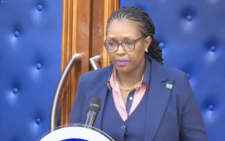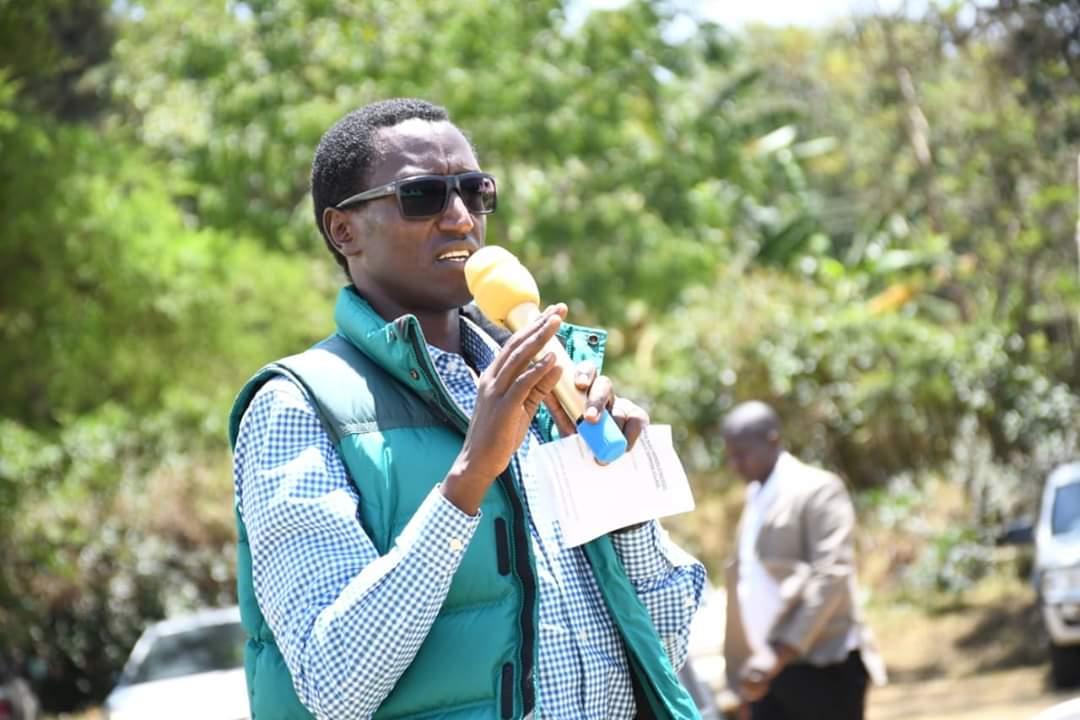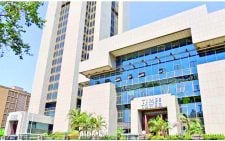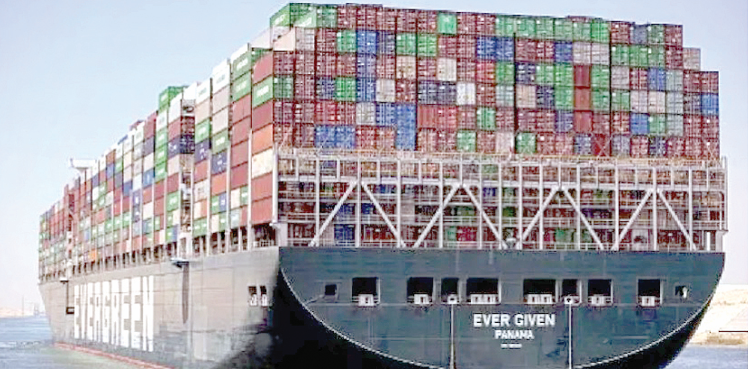Will Diaspora dollars ease soaring public debt?

The government is considering issuing Diaspora bonds this financial year to help ease its Sh10.5 trillion public debt.
According to the 2025 Medium Term Debt Management Strategy (MTDS), these bonds will target Kenyans living in middle and high-income countries, encouraging them to invest in the country and ease the current debt situation.
“The National Treasury will continue to monitor and assess macroeconomic and market developments to explore opportunities for diversifying sources of external borrowing, particularly targeting Diaspora Bonds,” the MTDS statement reads.
A Diaspora Bond is a debt instrument issued by a country to raise funds from its citizens living abroad. Governments use diaspora bonds to finance infrastructure projects, manage public debt, or support economic growth.
Attracting investors
In Kenya’s case, the government is considering issuing diaspora bonds to help manage its Sh10.5 trillion public debt while attracting investment from Kenyans living in middle and high-income countries.
They usually offer competitive interest rates and sometimes come with tax incentives. Countries like Israel and India have successfully used diaspora bonds to raise billions of dollars for national development.
Last year, Kenyans abroad increased their remittances by 15.3 percent to $4.804 billion (Sh619.2 billion) in the 12 months to October 2024, up from $4.165 billion (Sh537.28 billion) during the same period in 2023. Data from the Central Bank of Kenya (CBK) also showed that remittances amounted to about Sh444.4 billion in 2022.
The strategy also aims to reduce the stock of Treasury bills, currently at Sh615.8 billion, while extending the maturity of public debt instruments. It seeks to deepen the domestic debt market by issuing medium to long-term debt securities alongside debt market reforms.
Eyes on external sources
The government is looking at a balanced mix of concessional and commercial borrowing from external sources. However, according to the latest Moody’s report, this approach hinges on the government’s commitment to fiscal consolidation reforms.
“External funding access would allow the government to more easily meet its large external amortizations or improve its debt maturity profile through debt buybacks without straining international reserves or the exchange rate. Continued development funding is likely if the government remains committed to revenue-led fiscal consolidation,” the report states.
Currently, Kenya’s positive credit rating supports its ability to access international credit. However, the rating took a hit in early 2024, impacting the country’s borrowing prospects.
The MTDS aims for 25 per cent of gross borrowing from external sources and 75 per cent from domestic sources over the medium term. Net borrowing to finance fiscal deficits will be structured at 65 percent from external sources and 35 percent from domestic sources.
Global lenders, including the World Bank and the International Monetary Fund (IMF), believe this strategy could stabilize the economy. They caution that over-reliance on external credit poses risks to economic stability.
Meanwhile, a consortium of Catholic Church leaders is urging global lenders to cancel debts owed by African nations to help the continent regain its economic footing. They argue that high debt burdens are undermining education, health, and infrastructure development, with only 40 percent of total revenue directed to these sectors.
The government is also focusing on Environment, Social, and Governance (ESG) debt instruments to attract sustainability-focused investors. In December, the Energy and Petroleum Regulatory Authority (EPRA) was tasked by the International Tracking Standard Foundation (I-TRACK) Board to ensure that all electricity generated from renewable sources, such as geothermal, solar, and wind, aligns with sustainability standards.
This initiative aims to position Kenya in international green energy markets, attracting investors and increasing revenue for improved debt servicing.












